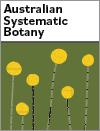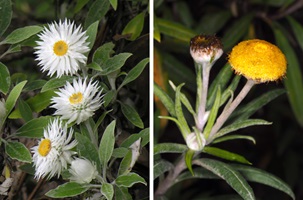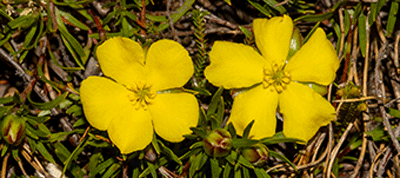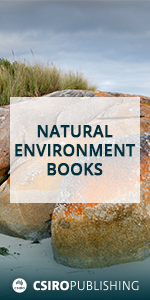Australian Systematic Botany
Volume 38
Number 2 2025
Australian paper daisies have diversified in isolation over the past 20 million years. We studied populations of Coronidium and Leucozoma from across their ranges. Molecular analyses and comparison with morphology recovered both broadly distributed, morphologically variable species and narrow endemics, including four new species. The new insights into biodiversity, ecology, distribution and conservation status will enable conservation and land managers to better protect Australia’s natural heritage, and the broader community to enjoy these remarkable paper daisies. (Photographs by J. J. Bruhl.)
Our study, conducted as part the Genomics for Australian Plants initiative, presents the first phylogenomic study of the very diverse genus Hibbertia using hundreds of nuclear and plastid gene sequences. The subject of significant recent taxonomic work, this study delivers new insights into the evolution and relationships between Hibbertia species. Results identify support for 14 novel clades in the genus and highlight areas of phylogenetic uncertainty, which will be used as a springboard for future systematic studies into the evolution of this remarkable genus. (Photograph by T. A. Hammer.)
This article belongs to the collection: Genomics for Australian plants.
Australia has a rich seaweed flora with many unique but poorly known species, genera and families. We compare results of an early 1970s anatomical study of one of the families with what modern molecular methods indicate about the same suite of genera. Previously considered to be a closely related group (monophyletic), we conclude that the family is polyphyletic (separate families). The study highlights how new insights from advanced technological applications can improve often intuitive taxonomic classification based on morphological characteristics.







